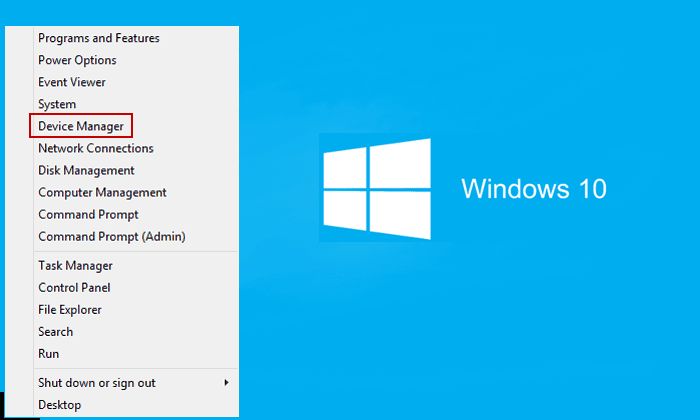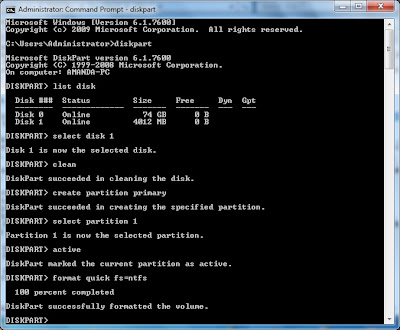
After formatting is complete, right-clicking the USB drive again and choosing to ‘Mark Partition as Active’ will make the flash drive bootable. FAT32 should be selected, which is required for bootable drives. Right-clicking it and choosing the ‘Format’ option, an option of file system will appear. The USB drive should be shown in the drive list. This is accomplished by plugging it in to the computer, then opening Disk Management from the Start Menu. The first step is to format the USB flash drive. Related: Microsoft Windows 10 In S Mode Explained: How Windows 10S is DifferentĬreating a bootable Windows 10 installation flash drive isn’t difficult, but does require several steps and may seem complicated for those new to formatting drives or working with Windows 10. Note that in order to add an installer, a Windows 10 ISO file or Windows Setup DVD is required, It is also recommended that the USB flash drive that has a capacity of at least 4-gigabytes. It’s easy to create a bootable flash drive using Windows 10 Disk Management tool. The difference is that startup drives contain a hidden partition that contains code that initializes the computer and prepares it to run the operating system.


All other drives, internal and external are not bootable, instead being used mostly for storing data. By default, only the startup drive or C drive is bootable. Bootable is a technical term that means the computer can be started up using a USB drive.


 0 kommentar(er)
0 kommentar(er)
